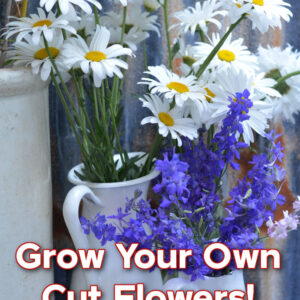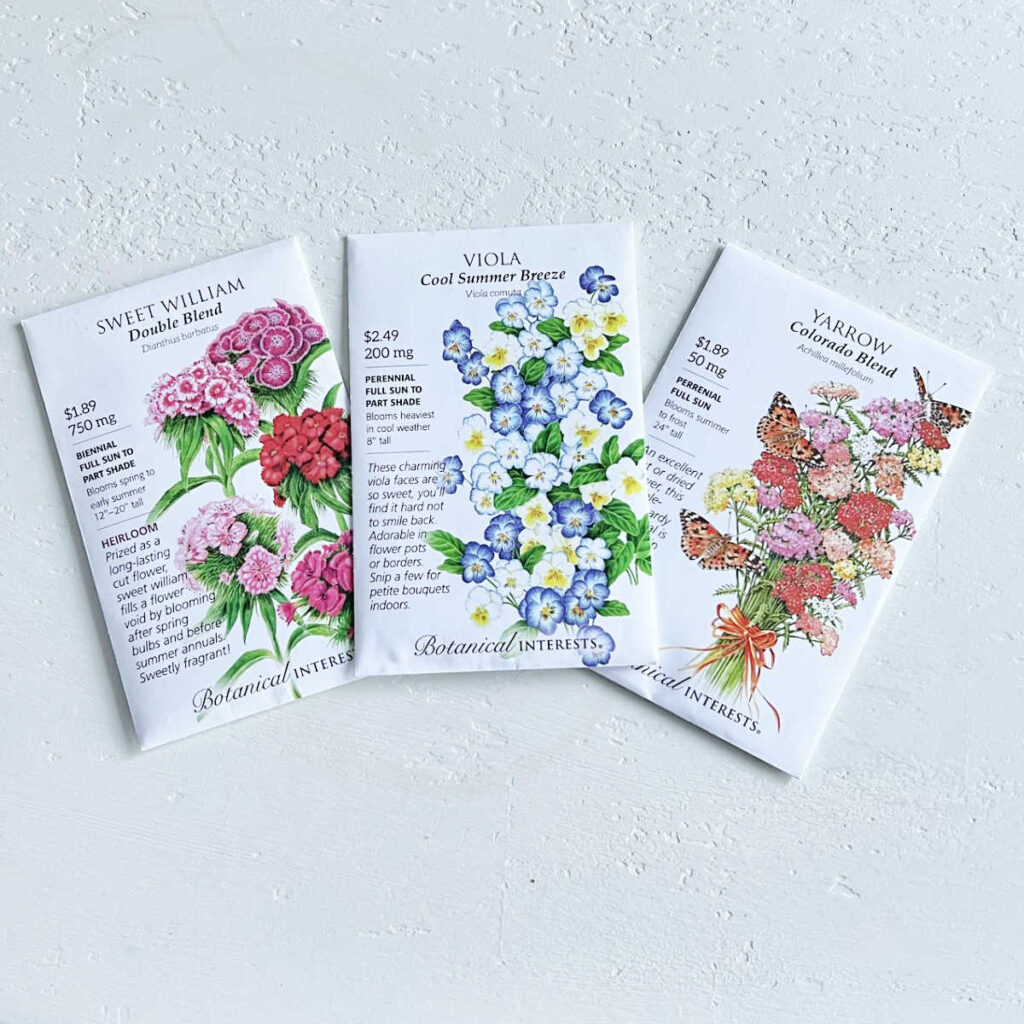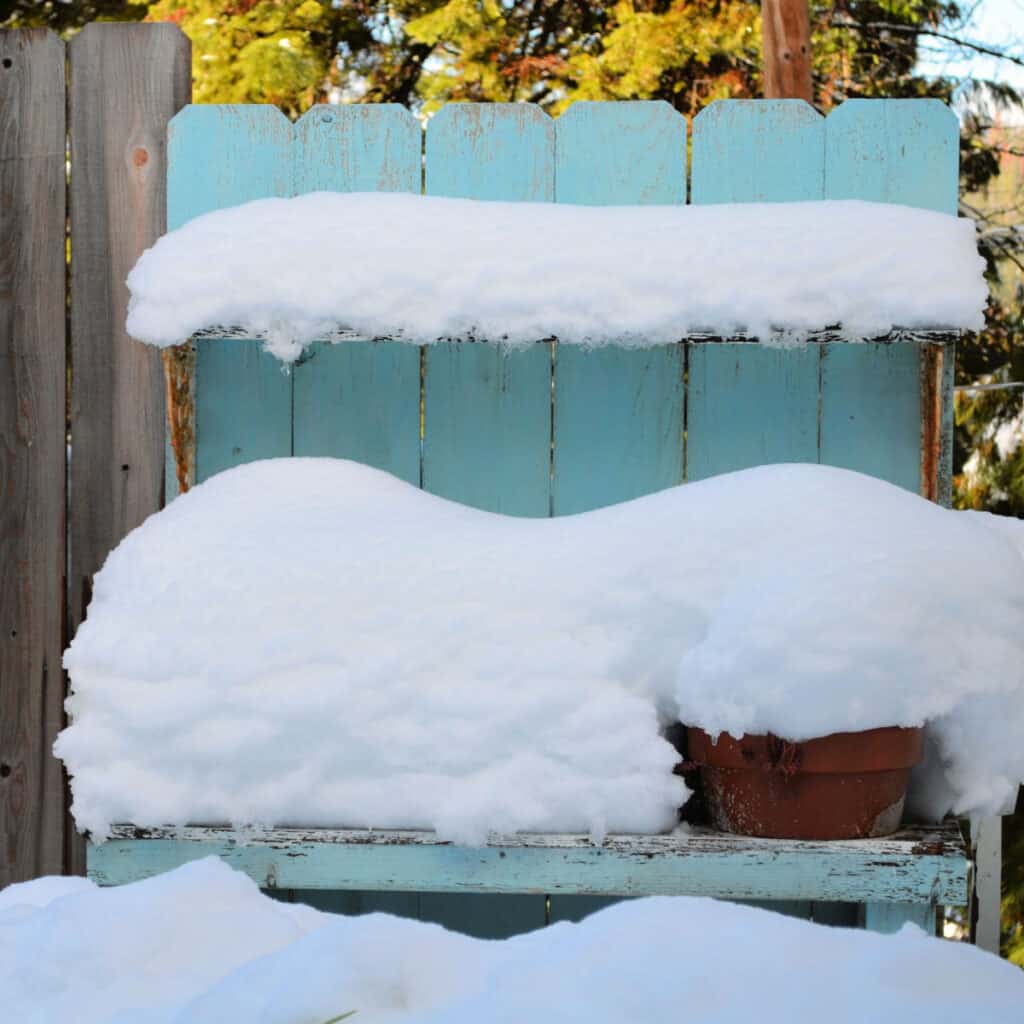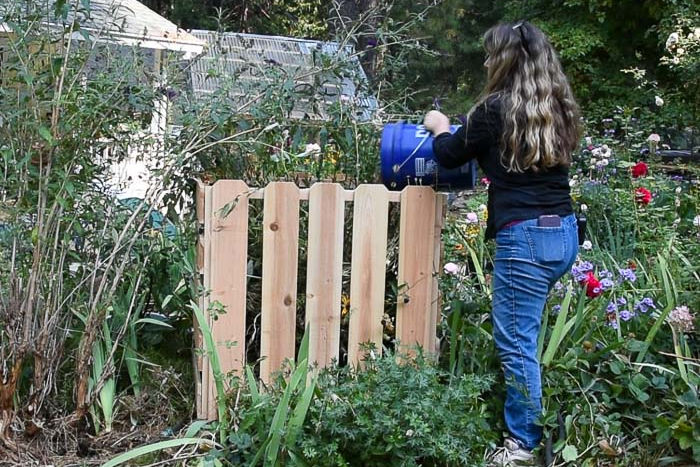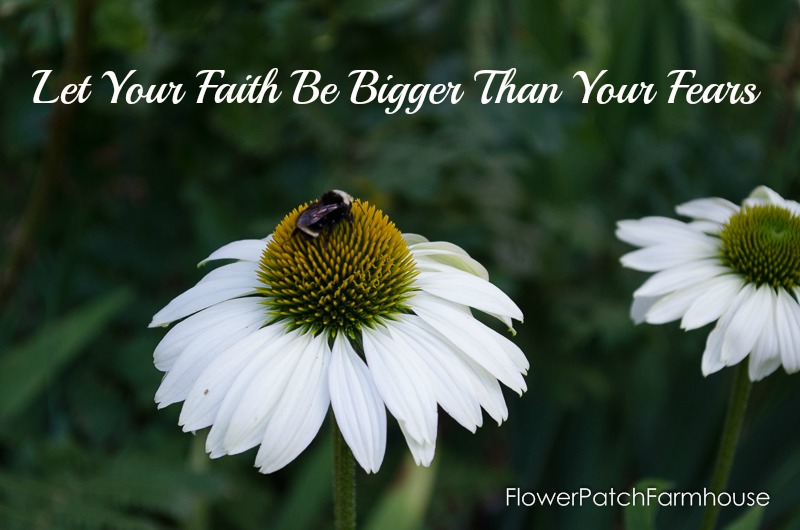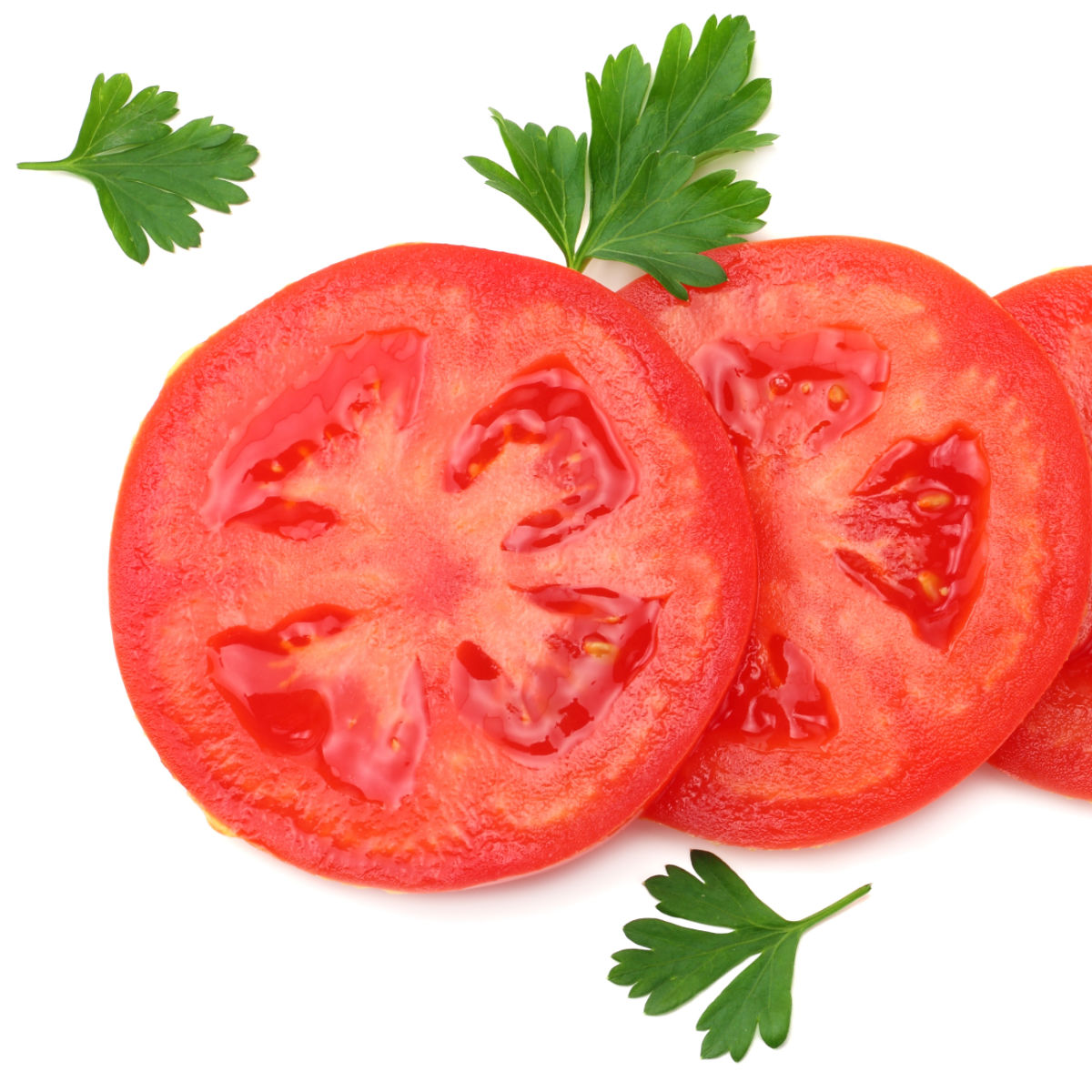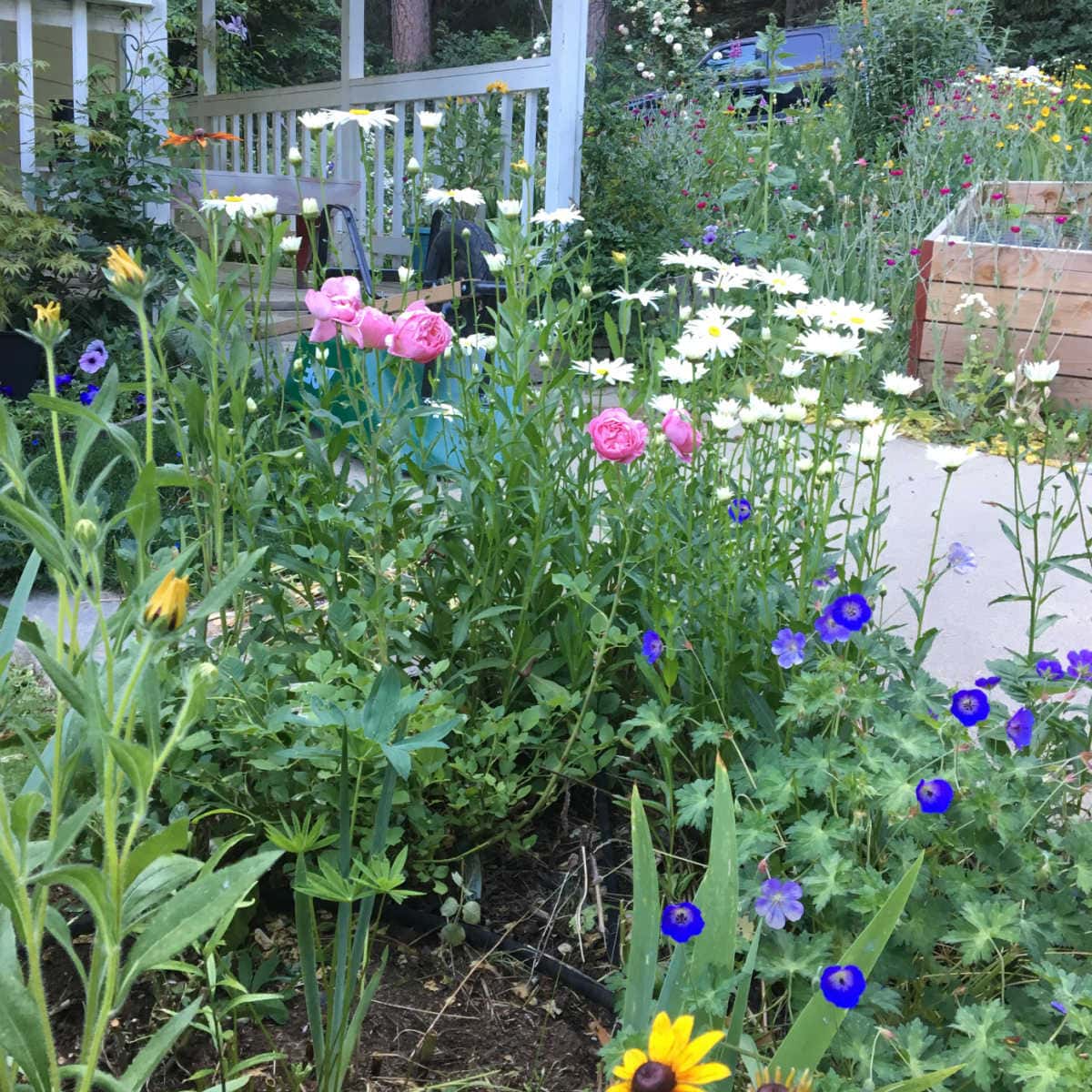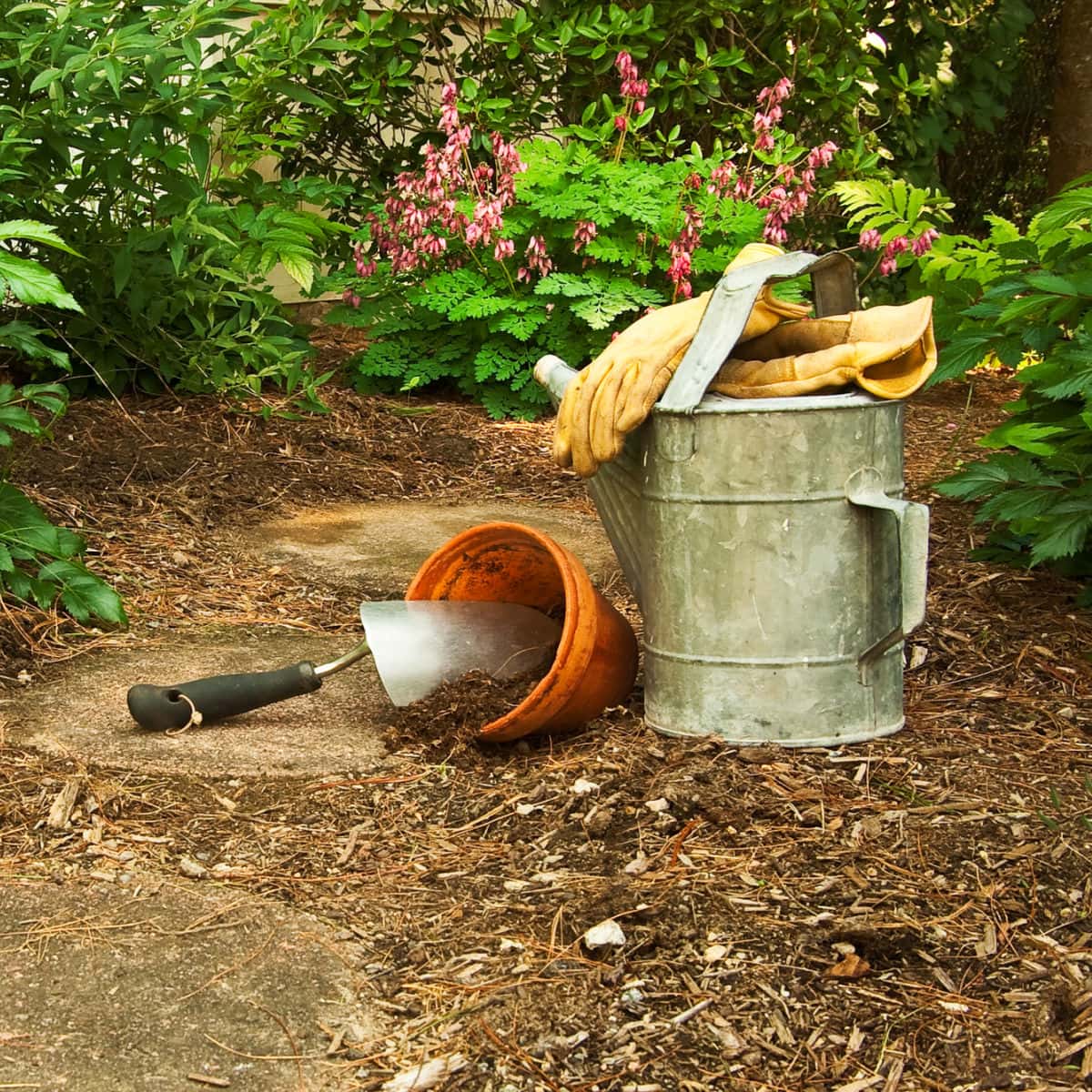Cut Flower Gardening – A Beginner’s Guide
If you’re looking for a way to add a little bit of beauty to your life, consider cut flower gardening. It’s easy to get started, and it’s a great way to enjoy the outdoors.
Today you will get tips on choosing beautiful blooms for cut flower gardening, planting them correctly, and taking care of them once they’re blooming.
So if you’re ready to add some color to your life, read on and grow a cut flower garden for beginners!
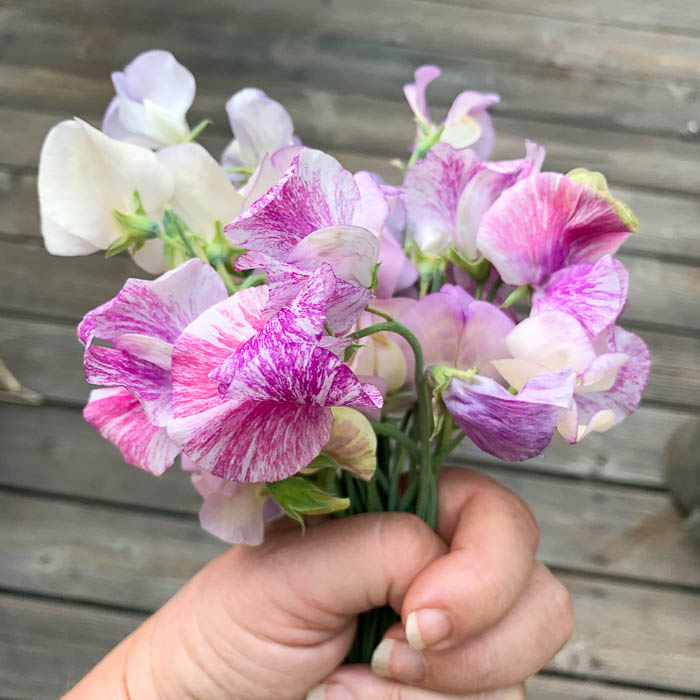
Why Grow a Cut Flower Garden?
Cut flowers are a great way to show your loved ones how much you care, and they’re also a beautiful addition to your home.
(gifting hand-picked bouquets is always a pick me up for anyone receiving them)
Cut flower gardening is easy and affordable, and it can be interwoven into your existing garden.
If you choose plants that will bloom at different times of the year you will have fresh flowers available throughout the season.
And if you grow everlasting cut flowers you can enjoy your flowers year-round.
This year (2022) I am going to plant a dedicated area to everlasting cut flowers, show how I dry them, and then do a few crafts and share with you.
So stay tuned for that!
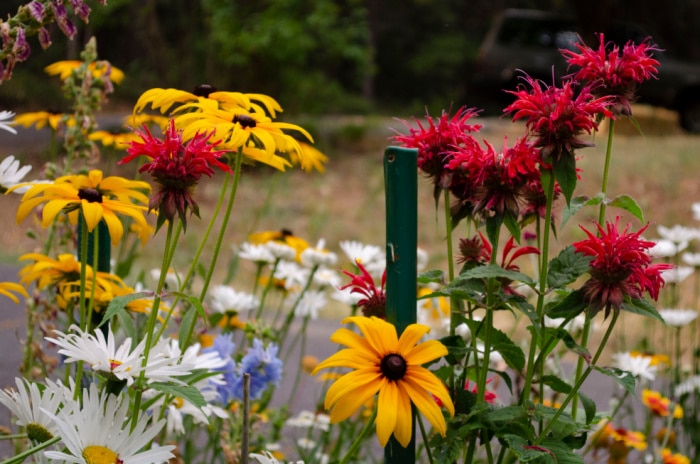
This post contains affiliate links. If you make a purchase after clicking a link I may make a small commission at no cost to you.
Today we talk about:
- Planning your cut flower garden (I have a garden planner that can help)
- Choosing cut flowers to grow
- Easiest Flowers to Grow for Cutting
- When to Plant your Cutting Garden
- Preparing the soil
- Planting and caring for your flowers
- Harvesting your flowers
- Enjoy your beautiful garden!
Planning your cut flower garden
When planning your cut flower garden, think about the types of flowers you want to grow.
There are three things you want to think about: maximizing production, easy maintenance, and growing flowers that will look great together in a vase.
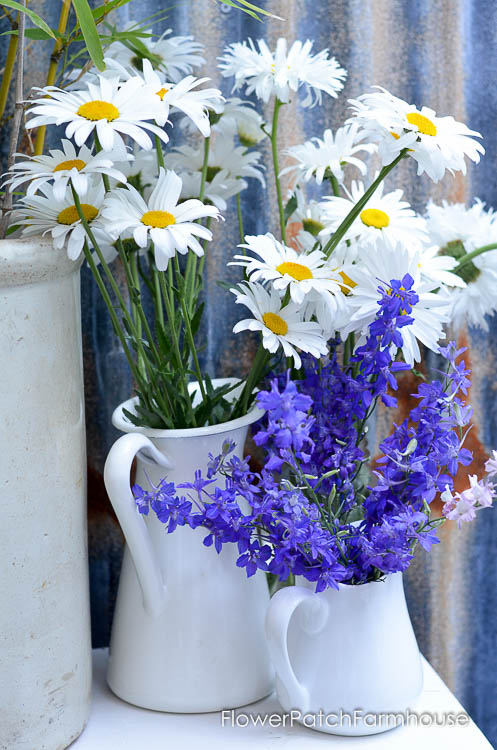
If you have a relatively small cut flower garden, choose a color palette and then select flowers that will harmonize with those colors. Floral designers usually include a range of different flower sizes and shapes.
Consider round flowers (Ball dahlias, Zinnias), angular ones (Foxgloves or Delphiniums); softer selections (peonies, roses), and vertical forms (glads and salvia).
You’ll also want to include airy flowers that work as fillers such as Baby’s Breath, Ammi Majus and Celosia.
And don’t forget about foliage plants. Foliage plants include things like Bells of Ireland, Mint, Basil, Dusty Miller, and Scented Geraniums. They make the beautiful blooms go further and will give your bouquets a superstar touch.
Well-known shrubs can provide some flowers to use but they also are great for using as the backdrop greenery in bouquets.
For example, Forsythia has wonderful yellow flowers for a few weeks but it provides fabulous greenery all summer long. Ninebark, dogwood, holly, olive, and more, the list for background foliage is quite large so think outside the box.
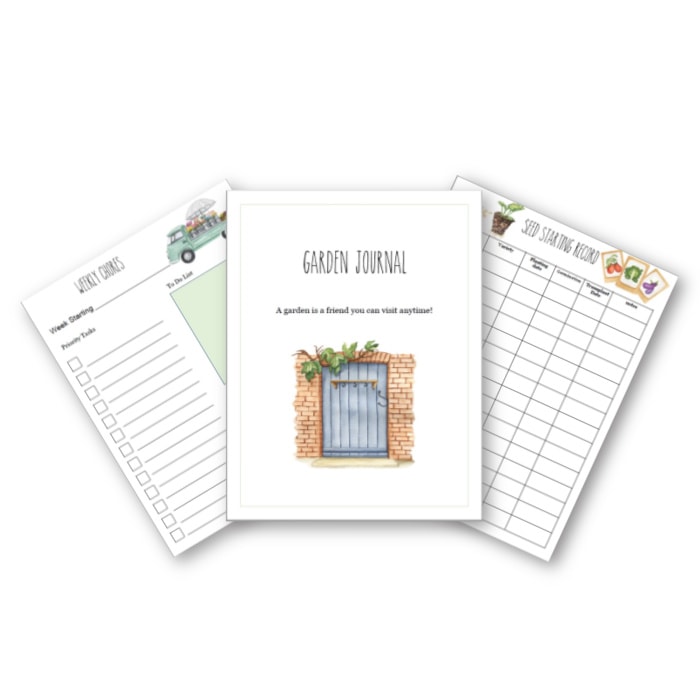
Design, plan and track your cut flower garden with a Garden Planner!
Graphs to design your cut flower garden, charts to fill in to keep track, and reminders of what to plant next to keep your vases filled.
There are many different types of flowers to choose from, so it’s important to select plants that will thrive in your climate and soil type. That will make your gardening efforts so much easier.
Be sure and succession plant to extend your cutting season. You don’t need a large space, a small cut flower garden can be productive and easy to maintain.
As I said before, flowers for cutting can be grown throughout the rest of your flower gardens. You don’t have to dedicate a space.
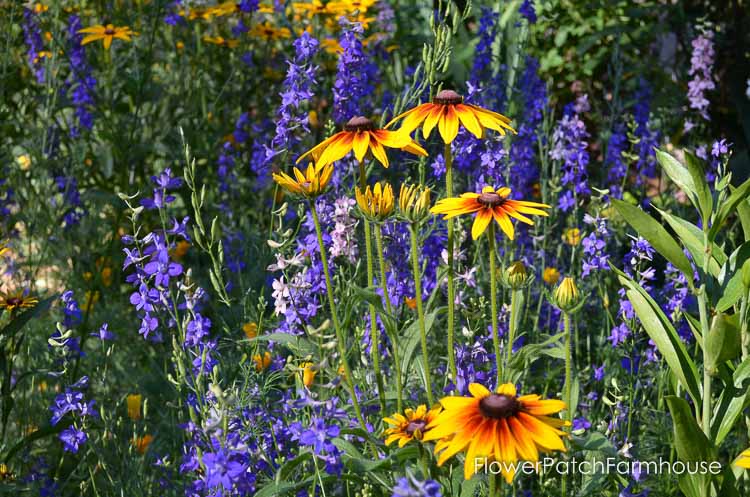
One important factor for most flowers grown for cutting is choosing a spot that gets plenty of sunlight, at least 6 hours during the summer. (there is some shade-loving cut flowers too, like hydrangeas. So keep your mind open to possibilities)
Easy Flowers for a Cutting Garden
Planting for a cut flower garden takes some thought. Start with long-stemmed annuals, perennials, and bulbs as they make the best cut flowers.
Keep in mind that most plants have a specific bloom time, meaning they will not flower continuously.
So you can try starting flowers at different times also known as succession growing. This way, you’ll always have fresh flowers available.
A great resource for knowing what to start when is in this book Cool Flowers, it has excellent information.
For everlasting cut flowers choose plants that dry well and maintain their colors.
(I will be sure to share more as I get my everlasting cut flower garden started)
Some of the easiest cut flowers to grow
This is just an example, there are so many!
- ANNUALS
- Snapdragon
- Zinnia
- Bachelor Buttons
- Cosmos
- Dahlia
- Gomphrena (E)
- Babys Breath (E)
- Statice (E)
- Sweet Peas
- Sunflowers
Any flower name in a color is a link to an article on that flower.
- PERRENIALS
- Sweet Williams
- Black Eyed Susans
- Eryngium – Sea Holly (E)
- Shasta Daisy
- Foxglove
- Bee Balm – Monarda
- Yarrow (E)
- Globe Thistle – Echinops (E)
- Coneflower – Echinacea
- Hydrangea (E)
(E) means Everlasting, good for drying!
When to plant your cutting garden
Spring or early summer is a good time to start in most climates.
If you want to harvest flowers in Spring and all summer long, you can start planting in late summer or early fall.
easy way for an early start
Sow your Seeds in Fall
Did you know starting flower seeds in the Fall may be the best way to get early blooms? Learn what to plant and why!
Direct sowing in Spring is an option but I also have you covered for Indoor seed Starting!
Both of these posts will help you get started on the flowers for your Cutting Garden easily.
Preparing the soil or raised beds for cut flower gardening
Before planting your flowers, it’s important to prepare the soil. This can be done by adding organic matter such as compost or aged manure to the soil.
Or if your soil is very tough you can grow a cut flower garden raised bed.
Rather than using bags of fertilizer, plant starter, etc it is better to build and feed your soil.
Building healthy soil is not only budget-friendly but is beneficial for the environment.
Build Healthy Soil
Build your soil, don’t treat it. Healthy soil is the foundation of an easy to grow, earth-friendly garden. Save money and skip the bags of fertilizers.
Growing cut Flowers
After you’ve prepared the soil, it’s time to plant your flowers. Be sure to space them correctly so they have enough room to grow.
You will want to space your plants according to the size of the mature plant. Annuals should be planted 12-18 inches apart and perennials should be planted 18-24 inches apart.
Keep this in mind especially if you are direct sowing your seeds in your cut flower beds.
Plant tags and seed packet information for the plant will give you each plant’s optimum spacing.
Now truth be told I have grown many of my plants a bit tighter together than is recommended and they have done fine but we have a very dry climate so fungus is not a big problem.
Also, my soil is so rich that it can handle the added drain on the nutrients easily.
Dig a hole that is twice as wide as the pot your plant is in and the same depth.
Remove the plant from the pot and place it in the hole so that the top of the soil is level with the ground.
Fill in around the plant with soil and tamp down gently. Water well. Mulch to retain moisture.
Watering and feeding your plants regularly will help them thrive.
My two favorite supplements in addition to compost that I use and love are Organic Rev, a plant stimulant and Agrothrive, a liquid feed that is immediately utilized by your plants.
A drip system or weeping hose on a timer is a great way to keep watering simple and efficient. Here in our area water conservation is essential.
Harvesting your flowers
Once your flowers have bloomed, it’s time to harvest them. (read up on each flower, some are best harvested just before they fully open)
Early morning is typically considered the best time to harvest flowers. Bring a clean container or bucket of water to the garden.
When cutting, be sure to use a clean, sharp knife, snips, or scissors to avoid crushing the stems. (If stems are crushed, it will inhibit or block the uptake of water.)
As you’re harvesting, strip off the lower leaves that would be below the water line and dust off any excess dirt. This will keep your water container as clean as possible.
Avoid harvesting flowers that are wet from rain or after watering. Damp flowers and foliage can get moldy.
Bring extra water containers if you are picking a lot of flowers. If you overstuff the container you might crush and bruise your beautiful blooms.
Cut the stem at an angle. A stem that is cut flat and sits on the bottom of the container has two issues.
It lacks enough exposed surface area to take up water, and it can get clogged by sitting flat on the bottom of your container. Cutting at an angle increases water uptake surface area and avoids the stem from getting blocked.
Some flowers have different stages at which they are best cut so do a little research. A great resource is Florets Cut Flower Book, and it is available in both print and Kindle.
start picking
Enjoying your beautiful cut flower garden!
Now that you’ve learned how to grow and care for a cut flower garden, it’s time to enjoy the fruits of your labor. Be sure to show off your beautiful garden to friends and family. And don’t forget to take plenty of pictures!
Turn plain canning jars into beautiful vases!
